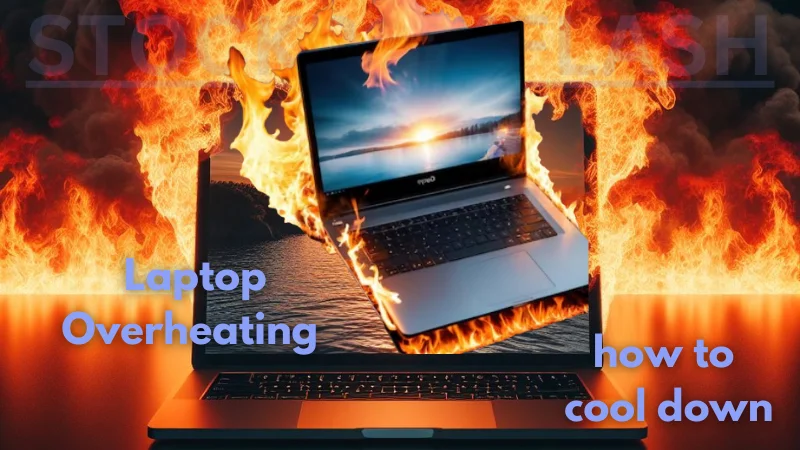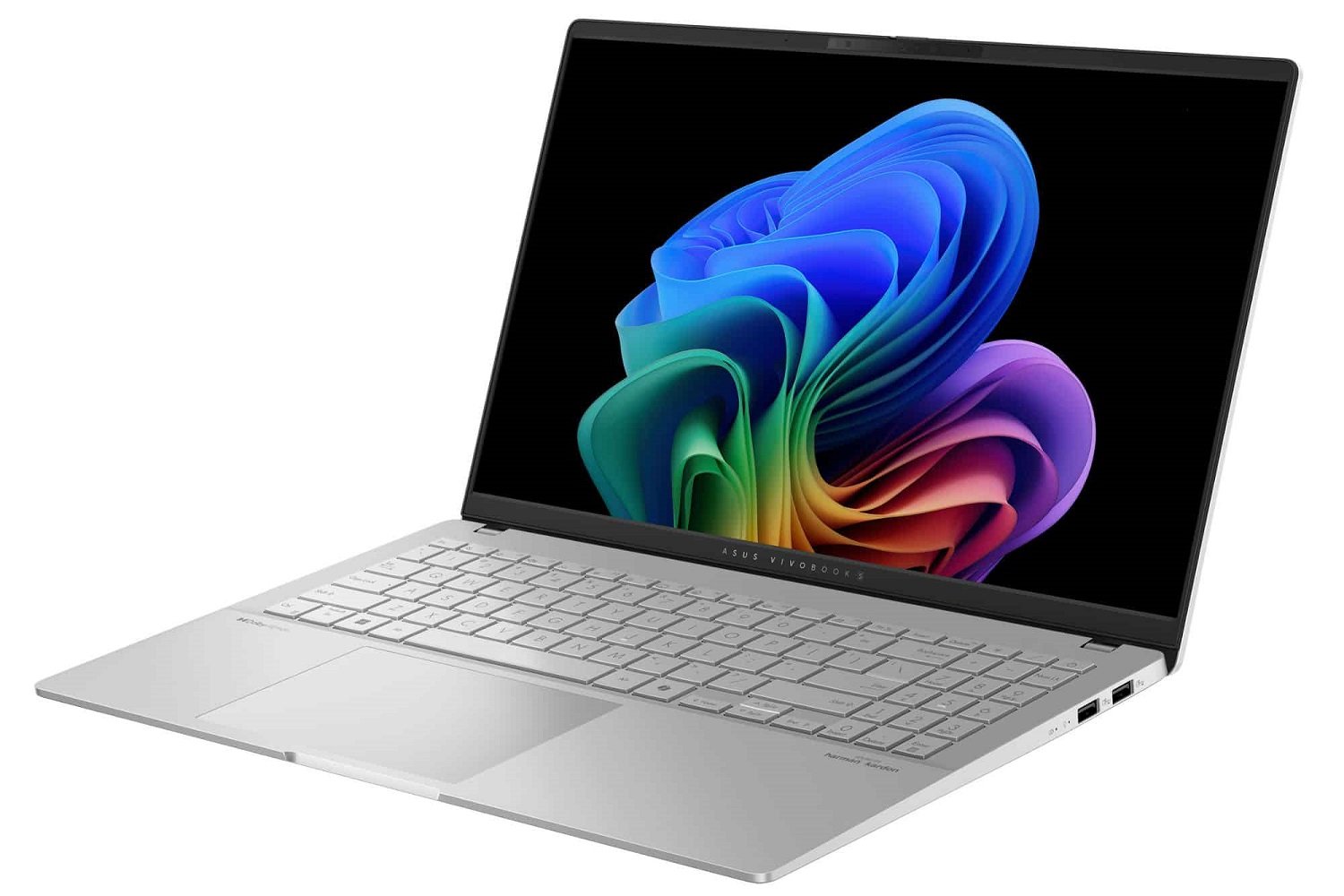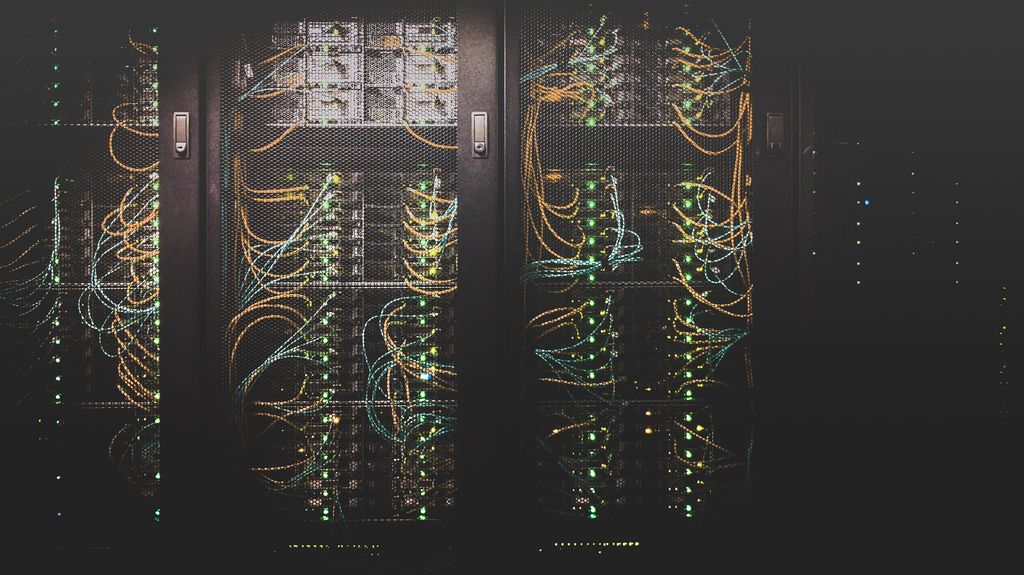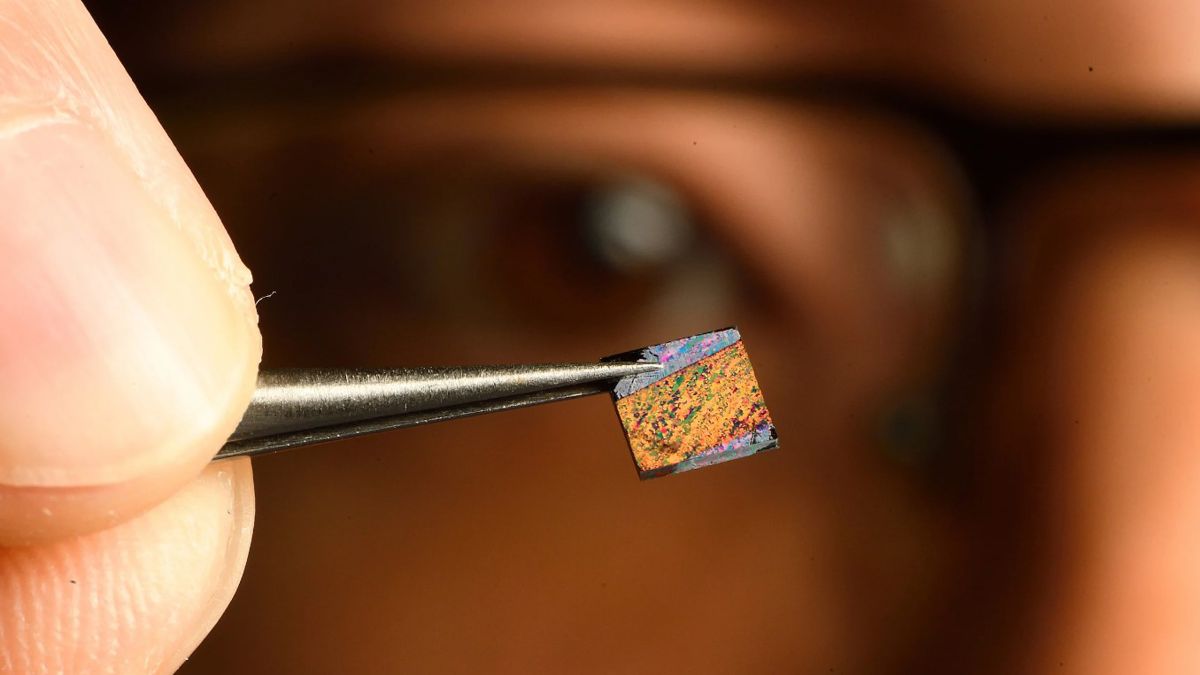
Laptop Overheating? Don’t Panic! Here’s how to cool down
Is your laptop feeling a bit too toasty for comfort? You’re not alone. Laptops are powerful tools and all, but they can surprisingly generate much heat when faced with some heavy tasks. This heat when occurring repeatedly can cause sluggish performance, and unexpected shutdowns, something that’s not funny for us users.
But fear not! This guide is your one-stop shop for understanding, and overcoming overheating issues. We’ll delve into the causes, equip you with solutions, and help you keep your laptop cool and running smoothly.
How Laptops Generate and Dissipate Heat
Thermal Management
While desktop PCs have a big cooling space and distanced components, laptops have three to even four times less space. The CPU, GPU, and other components naturally generate heat during operation. This heat needs to be effectively managed to maintain a safe operating temperature. Laptops are designed to achieve this through internal fans, that draw cool air in through vents and expel hot air, but what can go wrong?
Common Culprits
Well, several factors can disrupt this delicate thermal balance which leads to overheating, such as:
- Dust Buildup: Over time, dust accumulates within the laptop, clogging vents and hindering airflow to critical components.
- Demanding Tasks: It’s a given that when you push something to its limits, it’ll just have a breakdown! The same goes for laptops, using resource-intensive programs like video, editing, or gaming in a way your laptop is not designed to support can overwhelm the cooling system.
- Blocked Vents: Placing your laptop on non-flat surfaces like pillows or blankets can easily block air and exhaust vents, trapping heat inside and leading to the famous overheating, your laptops are not a book to put on your bed then forget about preparing your meal, nuh uh.
Cooling Down Your Laptop: A Multi-Pronged Approach
Now that we have a brief idea about the common reasons why your laptop is screaming in overheating, let’s explore some ways to deal with this annoying phenomenon, shall we?
Environmental Adjustments:
- Proper Positioning: It all starts with good airflow. Avoid placing your laptop on soft surfaces such as beds or pillows Instead, we recommend, we HIGHLY recommend, to go for a flat, hard surface like a desk to ensure proper ventilation.
- Maintaining a Cool Room Temperature: I know, I know, we can’t choose the room temperature, it’s natural factors…BUT! If possible, use your laptop in a cool, air-conditioned room or at least in the “‘lil sweet cold corner of the house”.
Hardware Maintenance:
Cleaning the Laptop Fan: Regularly cleaning dust from your laptop’s vents and fan is crucial. Use compressed air to gently blow out dust, but consult your user manual for specific cleaning instructions. Avoid using compressed air directly on the fan blades, it can damage them.
How to clean dust out of laptop to prevent overheating
Replacing Thermal Paste (For Advanced Users): Thermal paste is a substance applied between the CPU and heatsink to facilitate heat transfer. Over time, it can degrade, reducing cooling efficiency. Replacing thermal paste is an advanced solution and should only be attempted by experienced users. Consult a professional or a detailed guide for safe thermal paste replacement.
Additional Cooling Solutions:
Laptop Cooling Pads: These external pads elevate your laptop, and provide additional fans to improve airflow and heat dissipation. When choosing a cooling pad, consider its size to match your laptop and fan noise level for a quieter experience.
Will a cooling pad help with my overheating gaming laptop?
Undervolting the CPU (For Advanced Users): Undervolting is a process that reduces the voltage supplied to the CPU, leading to lower power consumption and heat generation. However, undervolting is an advanced technique with potential risks if not done correctly. Consult a professional or a detailed guide before attempting to undervolt your laptop CPU.
Monitoring Your Laptop’s Temperature
Prevention is always better than cure. Monitoring your laptop’s temperature allows you to identify potential overheating issues before they cause problems. There are several free and user-friendly software options available, such as Core Temp or HWMonitor, that display your CPU and GPU temperatures in real time.
What temperature is too hot for my laptop CPU?
Additional Note: While these software options provide temperature readings, it’s important to consult your laptop manufacturer’s website for safe temperature ranges specific to your model.
When Professional Help is Needed
If you’ve tried the above solutions and your laptop continues to overheat, it’s best to seek professional help. A qualified technician can diagnose the problem and potentially perform more advanced repairs, such as cleaning clogged heat sinks or replacing faulty fans.
Keeping Your Laptop Cool for Optimal Performance
By following these tips, you can effectively combat overheating and keep your laptop running cool and efficiently. Remember:
- Regular cleaning: Schedule regular cleaning sessions to remove dust buildup from vents and fans. Consider the dust level in your environment when determining cleaning frequency.
- Mind your environment: Use your laptop on a flat surface in a cool environment whenever possible.
- Monitor temperatures: Keep an eye on your laptop’s temperature using monitoring software.
- Don’t push it: Avoid overloading your laptop with demanding tasks for extended periods. Give it breathing room between such tasks by closing unnecessary programs and reducing multitasking.
- Invest in cooling solutions: Consider a cooling pad for additional airflow, especially for gaming laptops.
Taking these steps will not only prevent overheating but also extend the lifespan of your laptop. A well-maintained laptop will reward you with optimal performance and years of reliable service.
Software Optimization for Cooler Performance
Beyond the physical cleaning methods mentioned previously, you can also optimize your software settings to reduce heat generation. Here are a couple of tweaks to consider:
- Adjust Power Management: Most laptops come with pre-configured power plans. Utilize the “power saver” plan whenever possible. This reduces power consumption by lowering CPU clock speeds and limiting background processes, leading to cooler operation, especially during light tasks like web browsing or document editing.
- Background Process Management: Unnecessary programs running in the background can silently drain resources and contribute to heat buildup. Regularly check your system tray and close any applications you’re not actively using. Task managers also offer a view of background processes, allowing you to identify and end resource-intensive programs that might be running unnoticed.
For the Tech-Savvy User: Advanced Techniques
This section caters to users comfortable with taking on more technical solutions:
- Undervolting with Software(Extreme Caution!): Some advanced users might explore software-based undervolting tools. Extreme caution is advised as incorrect settings can lead to instability or damage to your CPU. In-depth research and an understanding of the risks involved are crucial before attempting this.
- Replacing Internal Components(Advanced Users Only): Very experienced users with a strong understanding of their laptop’s hardware might consider replacing faulty components like thermal paste or worn-out fans. However, this can be a delicate process, and incorrectly handling internal components can void warranties and damage your laptop. Professional help is highly recommended for such tasks.
Important Note: This section is intended for experienced users only. If you are unsure about any of these advanced techniques, it’s always best to consult a professional to avoid damaging your laptop.
Additional Resources: Keep the Knowledge Flowing
- Laptop manufacturer websites: These websites often have specific troubleshooting guides and recommendations for your laptop model, including safe temperature ranges. Look for support sections or knowledge-base articles related to overheating issues.
- Tech forums and communities: Online communities dedicated to laptops can be a valuable resource for troubleshooting tips and discussions on specific models. Search for forums related to your laptop brand or model.
By combining the information in this guide: “Laptop Overheating how to cool down” with these additional resources, you can become a master of keeping your laptop cool and running smoothly. Now go forth and conquer your tasks without the worry of an overheating meltdown!
Frequently Asked Questions: Fixing Laptop Overheating Issues
Why is my laptop overheating?
Laptops generate heat during operation due to the CPU, GPU, and other components working together. However, several factors can disrupt the thermal balance:
- Dust Buildup: Over time, dust accumulates within the laptop, clogging vents and hindering airflow.
- Demanding Tasks: Running resource-intensive programs (like video editing or gaming) can overwhelm the cooling system.
- Blocked Vents: Placing your laptop on non-flat surfaces (like pillows or blankets) can trap heat by blocking air and exhaust vents.
How can I identify the heat source in my laptop?
To identify the heat source in your laptop, follow these steps:
- Check the Air Vents: Most laptops have vents on the bottom and sometimes on the back panel. Ensure that the outflow vents expel hot air, and the intake vents allow cool air in.
- Inspect for Dust Accumulation: If airflow is insufficient, dust accumulation may be the cause. Use compressed air to clean the vents and fans.
What steps can I take to prevent overheating?
To prevent laptop overheating, consider the following measures:
- Elevate Your Laptop: Use a laptop stand or cooling pad to improve airflow.
- Regularly Clean Vents and Fans: Blow out dust and debris using compressed air.
- Refresh the Thermal Compound: Reapply quality thermal paste to enhance heat dissipation.
How do I lighten the load on my laptop?
To reduce strain on your laptop and minimize overheating:
- Close Unnecessary Background Processes: Shut down applications running in the background.
- Optimize Power Settings: Adjust power settings to reduce resource usage.
If your laptop continues to overheat:
- Consider Repurposing: Use it for less demanding tasks.
- Monitor CPU Usage and Temperatures: Keep an eye on performance metrics.
- Remember to back up your data before attempting any hardware-related fixes. Keep your laptop cool and running smoothly!






